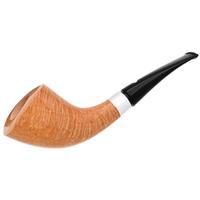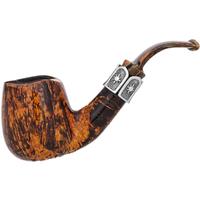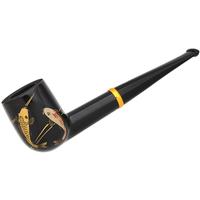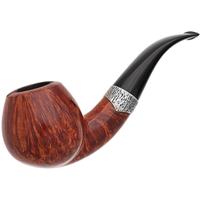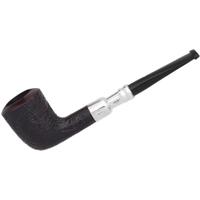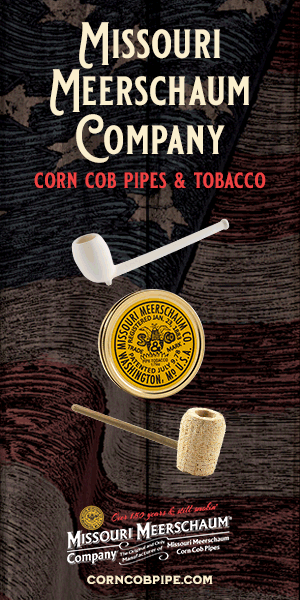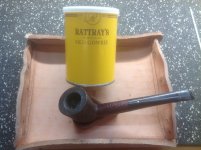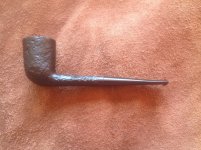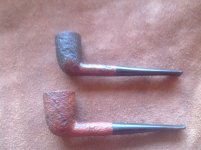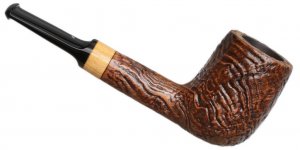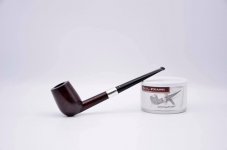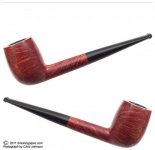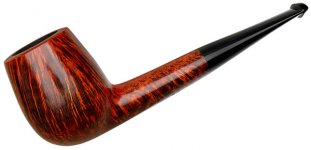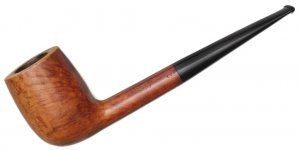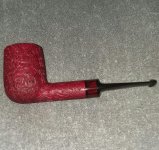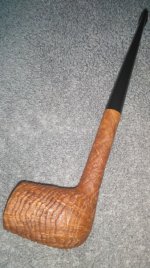I never liked or understood billiards for years, and my pipe collection reflected that, and my carving reflected that too. Then I went back a learned how to make a billiard. That was about 10 years ago, I've made about 300 since, and I'm honestly starting to really feel like I understand them now. The shaping is so subtle, the difference between the bowl shape on a billiard and a Canadian for example, for the whole thing to look right... it's interesting stuff, and yes, difficult as hell. It's one thing to hit the mathematics of the shape, another entirely to make it look nice on top of that.
The are a great all purpose pipe, comfortable, low maintenance, light and classic. The truest of the true gentleman's pipe in my book. So I've come full circle, I see just about every other production pipe as being an expression, a derivative of the billiard, a sort of evolutionary branch. It's not true of course, there were thousands of pipes before the billiard proper was a thing. But if I see a briar pipe, I see a pipe that owes it's heritage to billiards in some way.
I was told a long while back: "Classics done right always sell. And if they don't, they aren't done right." That's true, as far as I have experienced, and I sell an absolute pile of very simple, very dressed-down pipes.
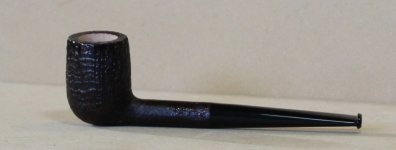
And in fact I've seen a resurgence of this in the pipe making community, particularly American, where Jesse Jones, Ryan Alden, Scottie Piersel, they sell plenty of these things too, and there's a new crop of carvers aiming at it, learning the ins and outs of these old shapes. It's a very good training ground, whether you move on from it or not, but really understanding billiards is very very helpful as a carver.
The are a great all purpose pipe, comfortable, low maintenance, light and classic. The truest of the true gentleman's pipe in my book. So I've come full circle, I see just about every other production pipe as being an expression, a derivative of the billiard, a sort of evolutionary branch. It's not true of course, there were thousands of pipes before the billiard proper was a thing. But if I see a briar pipe, I see a pipe that owes it's heritage to billiards in some way.
I was told a long while back: "Classics done right always sell. And if they don't, they aren't done right." That's true, as far as I have experienced, and I sell an absolute pile of very simple, very dressed-down pipes.

And in fact I've seen a resurgence of this in the pipe making community, particularly American, where Jesse Jones, Ryan Alden, Scottie Piersel, they sell plenty of these things too, and there's a new crop of carvers aiming at it, learning the ins and outs of these old shapes. It's a very good training ground, whether you move on from it or not, but really understanding billiards is very very helpful as a carver.



